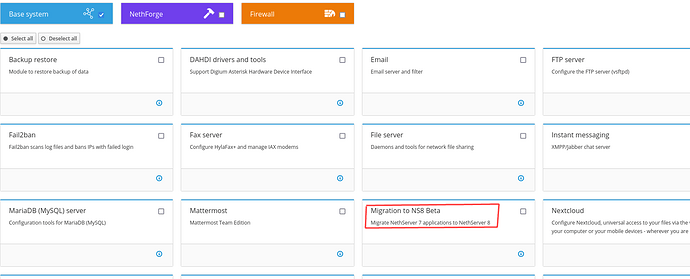Thank you for testing Nick!
It’s not a requirement. You need it only if you want to receive mails from the server from apps and you do not have the mail server installed and configured.
IMAP connector is still not available.
Wise choice: wait the rc for a production server ![]()
Except of IMAP connectors, the other things on your server should already work.
It will be attached to cluster until the migration ends.
can it be brought back to production?
Yes.
We do not still know if we are going to have an in-place upgrade.
It is, I can see from the software center:
I know probably you guys will not answer this directly, but is there a suggested image (distro) to use?
I’d go for a RHEL-based for now.
We probably will support only RHEL-based distro for the Enterprise part (we already have know how).
Nailed it. Still, Debian 12 (scheduled for June) should be a solid base.
